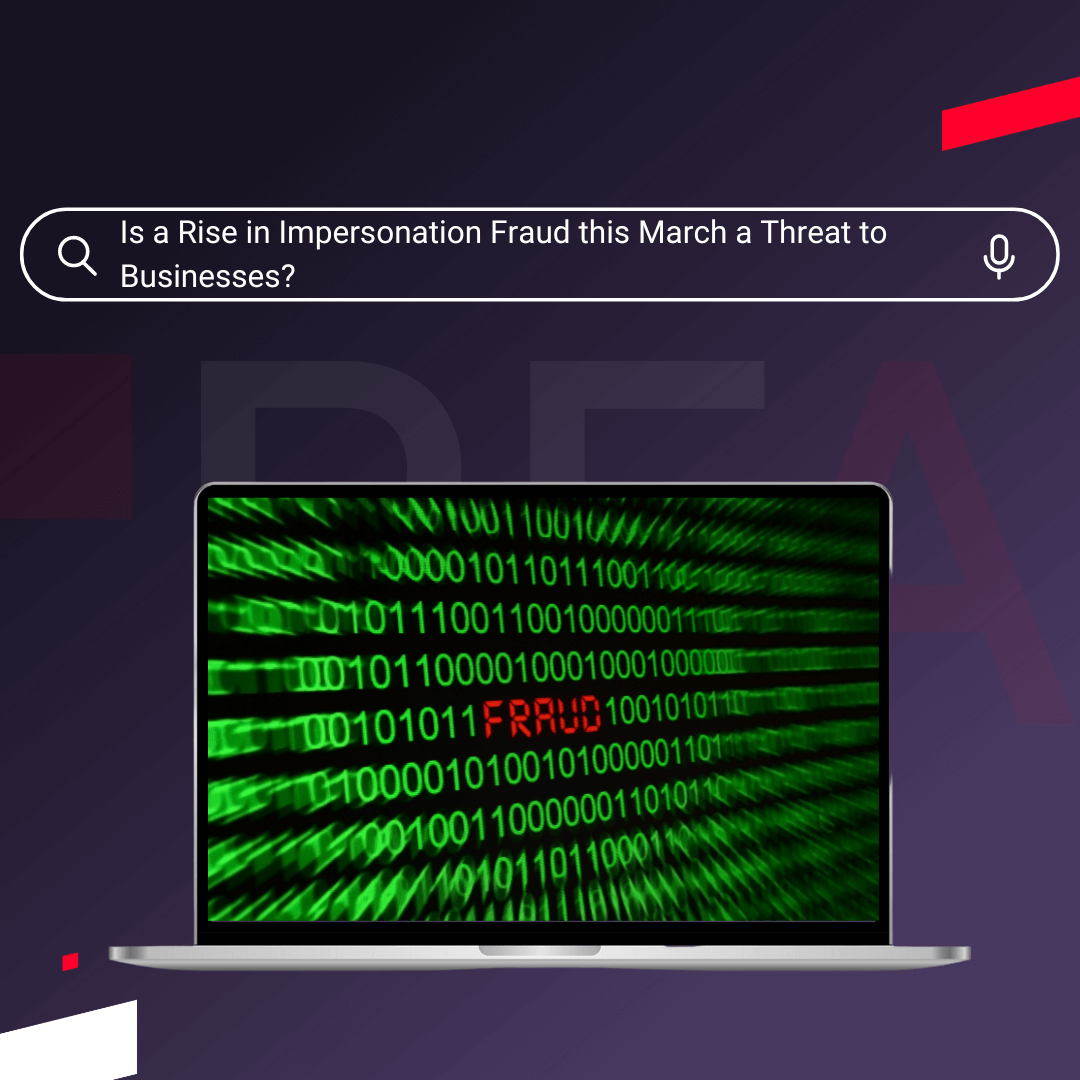Construction businesses face many risks. Despite making up 6% of GDP, 18% of company failures in the UK come in construction. This means businesses in the sector are three times more likely to fail than they should—a particularly worrying statistic when you consider the industry employs around three million people.
Currently, the industry is also facing heightened risk levels due to uncertainty around Brexit. According to the latest figures from the HIS Markit/CIPS UK Construction PMI, the sector is in the midst of a slowdown. In January, growth stood at 50.6, down from 52.8 in December and only just above the 50-point mark that signals the industry didn’t contract. Red Flag Alert’s data shows that between 2017 and 2018 dissolutions have increased by 54%.
The report also showed that employment growth in construction was at its lowest in two and a half years. Significant factors in the slowdown were said to be clients delaying making decisions on new projects due to 'Brexit uncertainty” and difficulties converting opportunities to sales.
These factors add to the more general risks found in the construction sector such as low profitability, balance sheet issues, and supply chain risk. In the current climate, it is critical that construction firms of all sizes be proactive with risk management.
Here is a look at why there is so much risk in the sector.
Profitability Problems
Margins are typically low in construction, which means volume of work is important. The companies need work and revenue to pay for fixed costs such as project managers and surveyors. These are employees who are generally on a high fixed salary and hard to replace.
This need for a constant flow of work often leads to construction companies taking on projects at a low profit or even a loss in order to keep revenue flowing in. This is a phenomenon known as “suicide bidding”.
Despite the low bids, company bosses believe they can take advantage of variations in a project as it progresses to boost their margins. While the profit margin for the project may be low initially, any changes in the work required allow the company to charge for the extra work done, and this can potentially be done at a healthier margin.
The main issue with this is that it makes it a challenge to put an exact value on contracts the company is working on, which leads to balance sheet issues.
Beware of the Balance Sheet
The most problematic sections of a construction company’s balance sheet relate to work in progress (WIP) and debtors. These sections look at money owed to the business and are an issue in construction because of the subjective nature of project values. Here is a look at why the above sections may not always be accurate.
- The work in progress section of a balance sheet is perhaps the most subjective as it is work that hasn’t been completed, certified by a quantity surveyor or billed to the client. Any figures in this section are essentially estimates by the company about how much the work is worth. It’s common for big variations between WIP and cash received.
- The trade debtors section relates to work that has been certified by a quantity surveyor and invoiced to the client. This means there is still a chance that the client could dispute the amount invoiced, leading to the company receiving a different value to the one on the balance sheet.
These issues are especially problematic if a construction company consistently has amounts on the balance sheet that are higher than the amount they receive from the project, or if the figures make up a large percentage of the overall value of the company.
It also leads to the potential for executives at the company to put in values at the optimistic range if they are feeling pressure to meet specific targets.
Supply Chain Risk
The structure of the construction industry is that there are many SMEs that rely on larger contractors for work. Any problems a larger company faces will be passed down through the supply chain, putting a high number of companies at risk of insolvency.
This is especially worrying for the micro-construction firms at the end of the supply chain. These companies may only have one or two contracts. Problems in any one of these could put significant pressure on the business.
How Red Flag Alert Can Help
Because the construction industry is high risk, companies in the sector need good financial data so they can easily measure the financial health of the companies they work with.
Red Flag Alert gives every business in the UK construction industry a financial health rating. The data is updated every day and considers the specific circumstances of the sector.
This health rating is predictive of a company becoming insolvent, and access to this data gives companies advance notice that an organisation they deal with may be at risk of not paying invoices.
By incorporating Red Flag Alert’s data into your credit control strategy, you will be in a perfect position to see risk early and take steps that could help protect your business.
For a free consultation about how you can use Red Flag Alert’s data to manage risk in construction, why not try out our software completely for free today?




